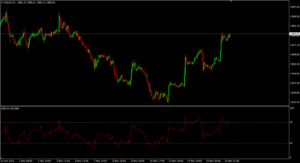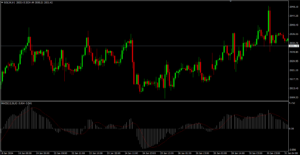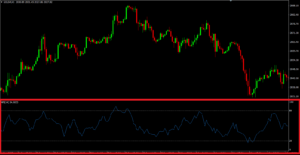What is the Unemployment Rate?
The unemployment rate is a key economic indicator that represents the percentage of the labor force that is unemployed and actively seeking work.
All individuals aged 16 and over who are either employed or actively seeking employment, excluding those not looking for work, such as retirees, students, or those who have stopped searching for a job.
A low unemployment rate is often seen as a sign of a healthy economy, while a high unemployment rate indicates economic hardship. However, an unemployment rate that is too low may also suggest an overheated economy and inflationary pressures.
0–3% Very Low Unemployment
Indicates a very low level of unemployment, typically seen in countries with a very strong economy.
Impact:
Labor shortages may occur, leading to inflation as employers compete for a limited pool of workers. This could also signal an overheated economy, potentially resulting in upward pressure on inflation.
3-5% Unemployment Rate – Considered Full Employment
This level of unemployment is viewed by many economists as full employment, where the economy is running efficiently, and most people who want to work can find jobs.
Impact:
It reflects a still-strong economy, with balanced demand and supply in the labor market. Some level of frictional and structural unemployment naturally remains constant.
5–7%: Moderately High Unemployment
Unemployment at this level is considered high.
Impact on Gold & the US Dollar
If the figure comes out lower than expected, it’s positive for the USD.
But if it comes out higher than expected — gold takes off!






